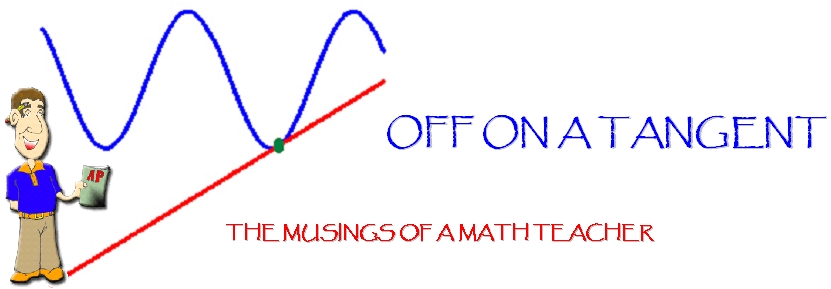 Long ago, one Indian tribe, the Chippewa, helped out another tribe that was starving, not for bison, but for a name. As any ad agency will be happy to do today for the uncreative at an exorbitant fee, the kindly Chippewa consultants offered up the name of Nadouesse to the nameless tribe. Granted, the name is not as cool as "Hell's Angels," "Charlie's Angels," or "Chief Charlie and the Charlatans," but, being hard to pronounce, the tribe gratefully accepted. Meaning "snake in the grass," the alternative name of Madousse, meaning "snakes for hair" was a close second choice. In exchange, they offered the Chippewa beaver pelts, smoked bison, and a $100 gift card to the Teepee Depot.
Long ago, one Indian tribe, the Chippewa, helped out another tribe that was starving, not for bison, but for a name. As any ad agency will be happy to do today for the uncreative at an exorbitant fee, the kindly Chippewa consultants offered up the name of Nadouesse to the nameless tribe. Granted, the name is not as cool as "Hell's Angels," "Charlie's Angels," or "Chief Charlie and the Charlatans," but, being hard to pronounce, the tribe gratefully accepted. Meaning "snake in the grass," the alternative name of Madousse, meaning "snakes for hair" was a close second choice. In exchange, they offered the Chippewa beaver pelts, smoked bison, and a $100 gift card to the Teepee Depot. When the French arrived on the scene and fought WITH the Indians (not AGAINST them) in the French and Indian War, they came across MANY, not just one, snakes in the grass, thereby pluralizing the tribes name to "Nadouessesioux." Although very alliterative, the French were not big fans of Native American Literary Device, so they simply began calling the Northern tribe by the plural suffix exclusively. This is how the Sioux tribe became known.
No longer being "snakes in the grass" but now reduced the merely to the sound those snakes make "ssssss," the Sioux began to experiment with living up their name. But what does and "s" do? Many years passed without any real answers to this question, all the while hunting bison, making moccasins, and carving out a living for themselves in the new white man's world. "Stupid French," was often hear around the campsite. "We helped them lose a war, and all we get is a silly new name."
Finally, a tribal leader with some initiative and artistic ability of his own, Chief Willnotstandforthis, decided enough was enough--it was time to adopt a new tribal name. Legend has it that his inspiration came while he was riding his horse through the plains when the horse suddenly died from laughter (apparently the Chief told him the story of the tribe's name.) Rather than stay on the dead horse like a good "s" might do, he decided that his best bet was to DISMOUNT!--Brilliant! As he walked back toward the camp, he thought of a new image and a new name for the tribe. He settled on the trendy but enduring name of "Dakota," which translates to "Does not mean 's'."
Back at the camp, the name was immediately embraced, and is still in use today. Chief Willnotstandforthis even changed his own name to Chief Consultant. Since that time, the story of Chief Willnotstandforthis's/Consultant's epiphany has become legendary, and it's moral has become a timeless lesson in abandoning a bad thing--"When you discover that you are riding a dead horse, the best strategy is to dismount."
So have we learned from the lesson of the Nadouesse/Nadouessesioux/Dakota? You would think so, however, in government, education, and the corporate world, more advanced strategies are often employed, in attempts to find creative ways to do anything but DISMOUNT. Here are a few "improvements" to Chief Willnotstandforthis's/Consultant's philosophy:
- Buying a stronger whip.
- Changing riders.
- Giving horse and rider a good flogging.
- Re-structuring the dead horse's reward scale to contain a performance-related element.
- Suspending the horse's access to the executive grassy meadow until performance targets are met.
- Making the horse work late shifts and weekends.
- Reclaiming a percentage of the horse's past 12 months expenses payments.
- Appointing a committee to study the horse.
- Arranging to visit other countries to see how other cultures ride horses.
- Scheduling a "dead horse productivity improvement" workshop.
- Lowering the standards so that dead horses can be included.
- Reclassifying the dead horse as living-impaired.
- Hiring outside contractors to ride the dead horse.
- Outsourcing the management of the dead horse.
- Harnessing several dead horses together to increase speed.
- Providing additional funding and/or training to increase dead horse's performance.
- Doing a productivity study to see if lighter riders would improve the dead horse's performance.
- Declaring that as the dead horse does not have to be fed, it is less costly, carries lower overhead, and therefore contributes substantially more to the bottom line of the economy than do some other horses.
- Rewriting the expected performance requirements for all horses. And finally, the highly effective...
- Promoting the dead horse to a supervisory position.


3 comments:
Did you copy the "improvements" from The Scooter Store Management Handbook?
Scooter Store, NBISD, it doesn't matter. It's the current trend of a deteriorating American ingenuity and common sense. Besides, there is always GOOD money to be made in prolonging the problem.
Post a Comment